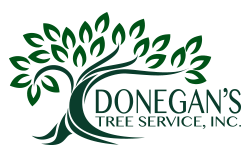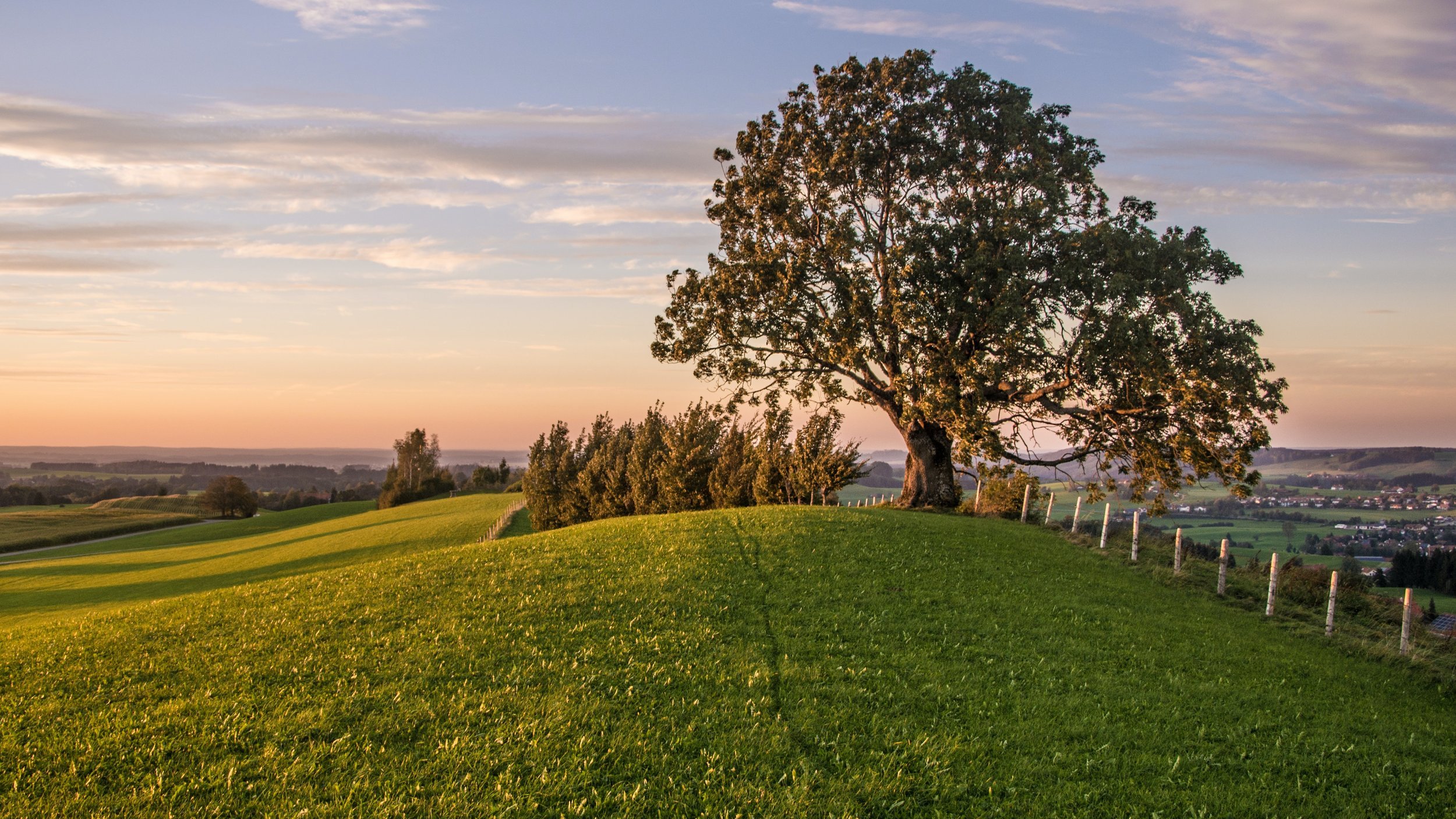Endangered Virginia Trees - and How to Help
Happy 2022! This blog is the first in a series of posts that we hope will help you be engaged and educated. Feel free to email or contact us to talk about our blogs and the message we are articulating. This month our hope is to educate you about some of the endangered trees that are native to Virginia and conservation of our natural habitats throughout the Virginia region. We have a very talented group of Certified Arborists and tree huggers that want to help and are happy to hear your questions and concerns!
Overview
Yes, Virginia is for lovers and there is no doubt that we Virginians love our natural habitats! There are many residents that spend a lot of their time fighting to rehabilitate the natural ecosystems around the state and to create conservation areas. Why do they do this? We hope to educate you about some of the trees that are native to Virginia and some that are endangered, as well as about conservation of our natural habitats throughout the Virginia region. Once these unique places are gone, we may not be able to get them back, and these precious ecosystems are important to us and the health of our environment.
Some of the natural beauties that we are concerned about are our native trees. Virginia native trees have been experiencing some hardships for some time now, and in these series of blogs we are going to introduce to you some of the trees that we found on the endangered list that are native to our area. We want to talk about these trees because educating ourselves about these trees is the first step in trying to bring them out of their endangered status.
Why are native trees important? These trees provide homes for many insects, birds, mammals, amphibians, fish, and fungi. If any of these trees are in decline, so are the living creatures that depend on it. It’s that simple. Native trees are truly the best trees that we should be focusing on preserving for our region. Native trees provide the best shelter for a large diversity of native creatures and they help reduce soil erosion, pulling some toxins out of the soil. Having healthy soils means having healthy water. Trees also pull-out carbon from the air. Trees really are the ambassadors of a healthy earth!
Things to Know
The International Union for Conservation of Nature (IUNC)1 has listed all the categories of endangerment such as: Extinct (EX), Extinct in the Wild (EW), Critically Endangered (CR), Endangered Species (EN), Venerable Species (VU), Near Threatened (NT), and Least Concerned (LC). Please see the below picture.
The Natural Resources Conservation Service of Connecticut2 has a great listing of the definitions for each: native plant, invasive plant, non-native plant, naturalized plant, exotic plant, translocated plant, opportunistic native plan, weeds, and noxious weeds. Take a look at each and familiarize yourselves with the definitions because we will be using some of the terms when we are talking about conservation efforts and endangered tree species.
Websites
Below is a list of websites that we find really interesting that we often refer to when looking into endangered species, native plants, and conservation. We encourage you to explore these sites for more information about these issues. We have included Donegan’s Tree Service as well, so you can refer back to us at any time.
A. The International Union of Conservation of Nature’s Red List of Threatened Species (IUCN)
B. The U.S. Fish and Wildlife Service and information specifically for landowners
C. The Virginia Department of Conservation and Recreation
D. Global Tree Assessment (GTA)
E. iNaturalist
F. Natural Resources Conservation Service, United States Department of Agriculture
G. ACRE Investment, Green Trees
Looking Forward
Here is a glimpse of what we plan to discuss over the coming months.
February 2022 we will be exploring carbon credits and how, as a landowner, you can be a part of this program. The company that will be featured is ACRE Investment Management.
March 2022 we will be highlighting an endangered plant native to Virginia: the Virginia Round-Leaf Birch. We will also be hosting a workshop for the Loudoun County Library on March 30. Details about this workshop will be included in the March’s newsletter.
April 2022 will be a blog that talks about the American Chestnut, another plant native to the Virginia region. We will be hosting a second workshop at the Loudoun County Library on April 13. Keep an eye on the April newsletter for more details!
May 2022 this month recognizes endangered species, so we will be focused on that issue.
June 2022 our post will be about the Mountain Laurel, which is another native species on the endangered list.
Till Next Month
We hope that you find the information shared helpful as we kick off a new year. As always, feel free to reach out to us with your tree care questions and needs. Our tree experts are here to help! We are excited to hear from you and look forward to talking about conservation efforts, native trees, and endangered species in the months to come!
—Anna Thayer, Donegan’s Tree Service
References:


